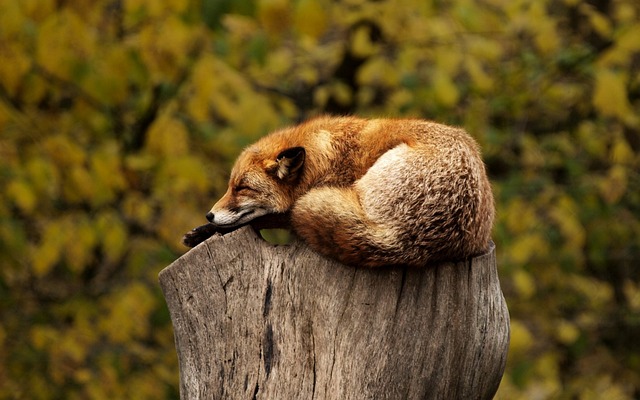Animals play a pivotal role in the health of our planet, from the intricate patterns of biodiversity they sustain to their irreplaceable contributions to ecosystem function. This article delves into the rich diversity of animal species thriving within various ecosystems, shedding light on their integral role in maintaining ecological balance. We will then explore recent advances in animal conservation efforts and the formidable challenges faced by these initiatives. Through this exploration, readers will gain a deeper understanding of the complex interdependencies that define life on Earth and the importance of safeguarding our planet’s myriad inhabitants.
Exploring the Diversity of Animal Species Across Ecosystems
Animals constitute a remarkable tapestry of life forms, each adapted to its specific ecological niche. The diversity of animal species is a testament to nature’s ingenuity, with over one million described species on Earth, and potentially millions more yet to be discovered. These creatures are not merely varied in appearance but also in behavior, habitat preference, and physiology, all of which are finely tuned to their environments. For instance, marine animals like whales traverse vast oceans, while forest dwellers such as tree kangaroos exhibit specialized adaptations for arboreal life. Similarly, species in deserts have evolved unique survival mechanisms, like the camel’s ability to go long periods without water. The intricacies of each ecosystem influence the evolution and behavior of its inhabitants, creating a dynamic interplay that sustains the delicate balance of biodiversity. From the smallest ant to the largest blue whale, every animal plays a crucial role in maintaining the health of their respective habitats, showcasing the profound impact of biodiversity on our planet’s ecosystems. Understanding and preserving this diversity is not only vital for the survival of these species but also essential for the well-being of humanity and the environment as a whole.
The Role of Animals in Ecosystem Balance and Biodiversity
Animals play a pivotal role in maintaining ecosystem balance and supporting biodiversity. They contribute to their environments through various ecological functions, including pollination, seed dispersal, nutrient cycling, and controlling populations of other species. For instance, animals like birds and bats are vital for pollinating plants and dispersing seeds, which is crucial for the reproduction and propagation of plant life. Insects such as bees and butterflies also perform these services, ensuring genetic diversity within plant populations. Herbivores help to keep vegetation in check, promoting plant growth by grazing, while their predators regulate herd numbers, preventing overgrazing and habitat degradation. The decomposers, which are primarily microscopic animals like bacteria and fungi, break down dead organic matter, recycling nutrients back into the soil, thus enabling new growth and maintaining the productivity of ecosystems.
Moreover, animals contribute to biodiversity by occupying various ecological niches. Their genetic diversity enhances the resilience of ecosystems, allowing them to adapt to changing conditions. For example, keystone species like wolves or sharks exert a top-down influence on their respective ecosystems, structuring the communities and maintaining biodiversity by preventing overpopulation of other species. The loss of such animals can lead to cascading effects throughout an ecosystem, often resulting in reduced biodiversity and ecosystem degradation. Thus, the preservation of animal species is not only about conserving individual creatures but also about safeguarding the complex web of life that sustains our planet’s health and vitality.
Advances in Animal Conservation and the Challenges Ahead
Recent decades have witnessed significant advances in animal conservation, marked by a concerted global effort to protect and preserve biodiversity. Innovative genetic techniques, such as assisted reproduction and captive breeding programs, have bolstered the populations of endangered species, offering hope for their long-term survival. Conservation biology has become an interdisciplinary field that combines ecological, scientific, and social approaches to address the complex challenges facing wildlife today. Technological advancements, including satellite tracking and data analytics, have enabled more effective monitoring and protection of animal habitats, leading to better conservation outcomes.
Despite these strides, the road ahead for animal conservation is fraught with challenges. Climate change continues to alter ecosystems at an unprecedented rate, posing new threats to species adaptation and survival. Habitat destruction, pollution, and invasive species remain critical issues, exacerbated by human activities. The illegal wildlife trade further endangers many species, necessitating stronger legal frameworks and international cooperation to combat this persistent threat. As the balance of ecosystems is delicate, the continued health of animal populations depends on a multifaceted approach that integrates conservation science with policy, education, and community engagement to protect our planet’s biodiversity for future generations.



